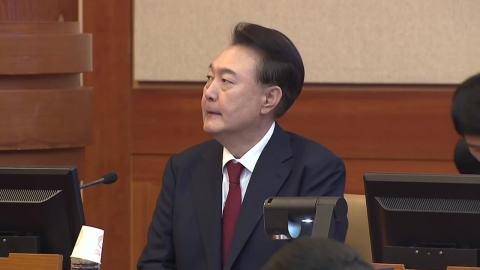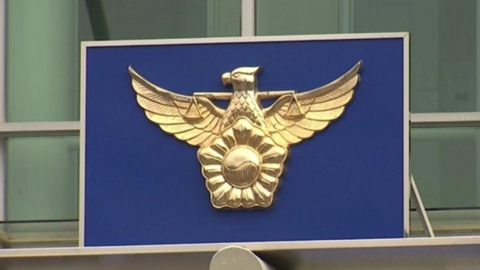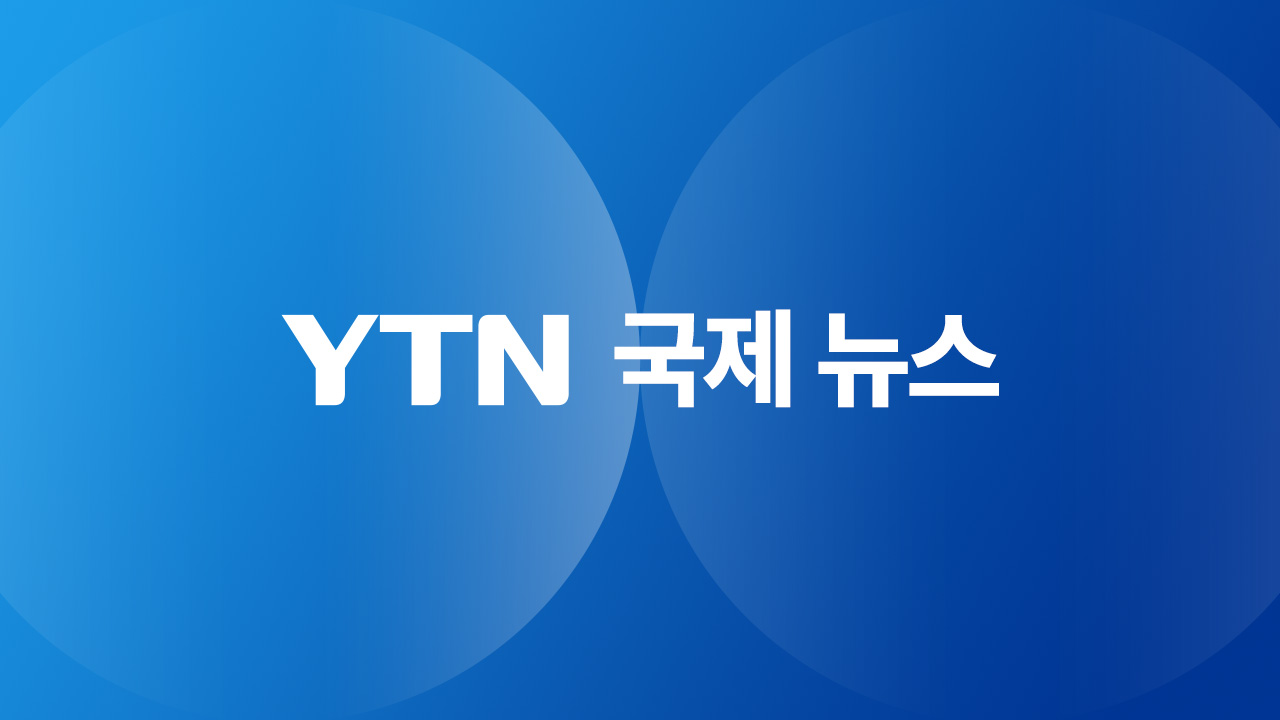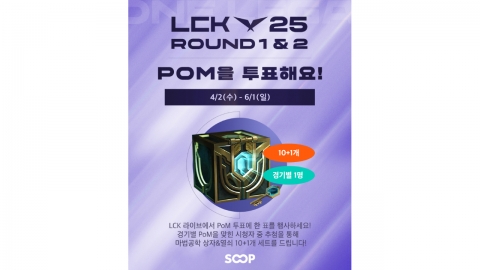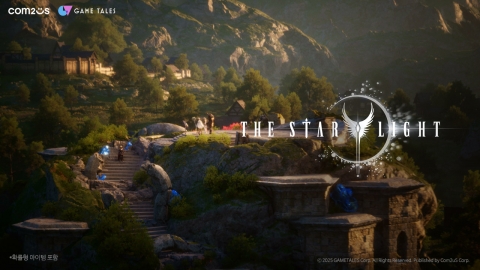-
이틀 뒤면 선고일…헌재 일대 탄핵 찬반 집회재생

- 헌재 증언대 선 16명…결정 가를 증언은?
- 윤 대통령 운명 가를 재판관은?…심판정의 8인
- 국민 지지 받았던 헌재…신뢰성 공격에 엇갈린 시선
-
백악관 "상호관세 2일 발표 즉시 발효"…한국 세율 16% 추정재생
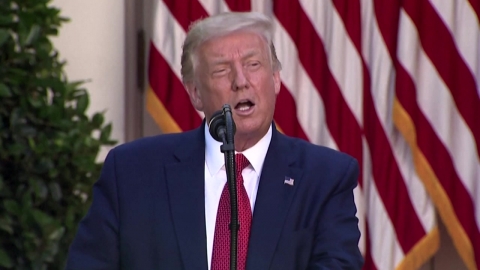
-
트럼프 대통령의 상호관세 발표를 하루 앞두고 백악관은 내일 발표 즉시 효력이 발휘될 거라고 밝혔습니다. 여전히 세부 내용이 베일에 싸인 가운데, 블룸버그는 한국의 세율이 16%로 주요국 가운데 가장 낮을 거라는 추산을 내놨습니다. 워싱턴에서 권준기 특파원입니다. [기자] 백악관은 트럼프 대통령이 백악관 앞뜰에서 상호관세를 직접 발표할 계획이라고 밝혔습니다. 관세 효력은 발표 즉시 발휘될 예정이라며 미국 해방의 날이 될 거라고 강조했습니다. [캐롤라인 레빗 / 백악관 대변인 : 상호관세는 잘못되지 않을 겁니다. 제대로 작동할 거예요. 우린 미국의 황금기를 되찾고 미국을 제조업의 슈퍼파워로 만드는 데 집중하고 있습니다. 이미 해외 투자가 밀려오고 있습니다.] 거의 모든 수입품에 20% 단일 세율을 적용할 거란 보도가 나왔지만 백악관은 확인하지 않았습니다. 트럼프 대통령이 막판까지 최종안을 다듬고 있다며 세부 사항은 공개할 수 없다고 말했습니다. [캐롤라인 레빗 / 백악관 대변인 : 트럼프 대통령은 지금도 통상·관세팀과 함께 있습니다. 미국인과 미국 노동자들을 위한 완벽한 방안을 만들기 위해 다듬는 중입니다.] 블룸버그는 관세와 비관세 장벽 등을 합산 해 각국의 상호관세 세율을 추산했습니다. 한국은 16%로 주요 15개국 가운데 가장 낮을 것으로 내다봤습니다. FTA로 관세가 거의 없고 비관세 장벽도 상대적으로 약하다는 점이 고려된 추정치입니다. 상호관세 발표를 앞두고 중국은 단호한 반격을 경고했고, 유럽연합도 보복에 나설 강력한 계획이 있다고 강조했습니다. 반면 멕시코는 미국이 원하는 범죄자를 넘기겠다며 범죄인 인도를 관세 협상에 활용할 뜻을 내비쳤습니다. 뉴욕타임스는 최근 한중일 경제통상장관 회의를 언급하며 세 나라가 미국 관세에 공동 대응할 움직임을 보이고 있다고 전했습니다. 워싱턴에서 YTN 권준기 입니다. ※ '당신의 제보가 뉴스가 됩니다' [카카오톡] YTN 검색해 채널 추가 [전화] 02-398-8585 [메일] social@ytn.co.kr
-
의대 등록률 96.9%…인제대 무더기 제적 예정재생

-
정부가 정한 데드라인까지 돌아온 의대생은 모두 96.9%로 집계됐습니다. 전체 40개 학교 가운데 35개 학교는 전원 복귀했지만, 인제대 의대 학생 370명은 복귀하지 않겠다고 선언했습니다. 염혜원 기자입니다. [기자] 정부가 복귀 시한으로 정한 지난달 31일까지 전국의 40개 의대 학생 복귀율은 96.9%를 기록했습니다. 35개 학교는 학생 전원이 돌아왔고, 경상국립대와 아주대, 연세대 서울과 원주캠퍼스에선 일부 학생만 이탈했습니다. 단 한 곳, 인제대 의대만 복귀율이 24.2%에 그치며, 370명이 돌아오지 않겠다고 결정을 내렸습니다. 인제대는 오는 금요일이 등록 마감이지만 학생들이 미리 미복귀 의사를 밝혀 제적 예정 인원으로 분류됐습니다. 의대가 있는 대학 총장 모임은 사실상 전원 복귀라며 학생들이 쉽지 않은 결정을 했다고 평가했습니다. 다만, 복학만 한 채 수업에는 참여하지 않는 것을 우려한다며 절대 일어나서는 안 되는 일이라고 강조했습니다. 실제 울산대 의대생들은 복학 뒤 휴학계를 다시 제출했고 학교 측은 이를 모두 반려할 계획입니다. 또 미수강 제적을 피하려 한두 과목만 수강신청을 하고 수업을 듣지 않는 방법도 거론됩니다. 이미 수강신청을 받고 수업을 시작한 학교도 강의실은 대부분 텅 비었습니다. 정부는 실제 수업 참여도를 집계한 뒤 이달 말 전에 '전원 복귀'로 판단할 수 있을지 발표할 계획입니다. YTN 염혜원입니다. ※ '당신의 제보가 뉴스가 됩니다' [카카오톡] YTN 검색해 채널 추가 [전화] 02-398-8585 [메일] social@ytn.co.kr











![[현장영상+] 한덕수 "결과 냉정히 수용해야…공권력 도전 현행범 체포"](https://image.ytn.co.kr/general/jpg/2025/0402/202504020932403162_h.jpg)
